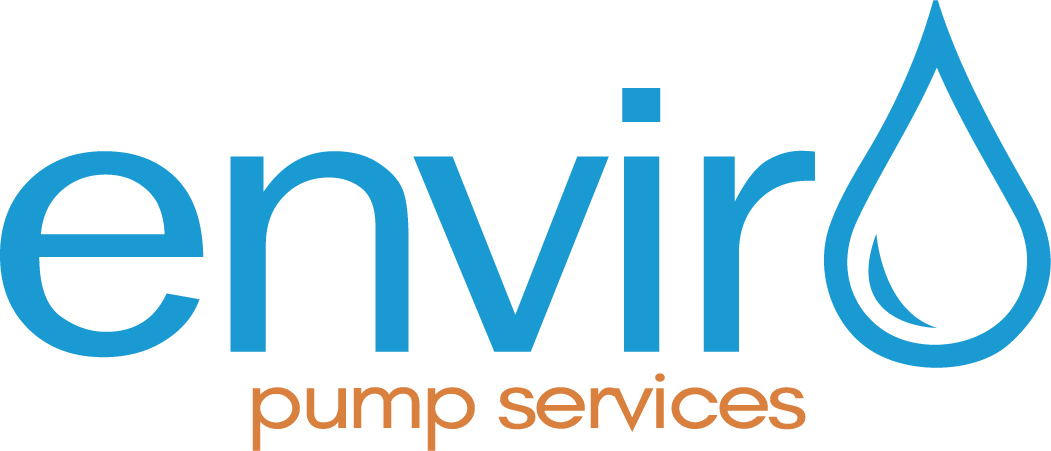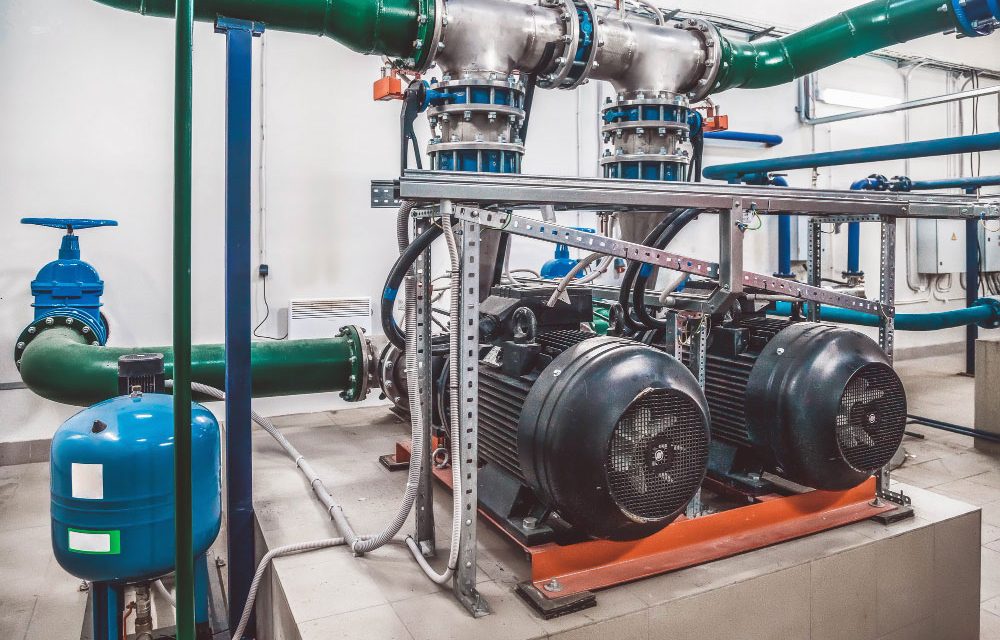Within Australia’s bustling industrial ecosystem, the precise and efficient operation of machinery is paramount. In sectors ranging from mining to agriculture and water management, industrial pump installations are crucial. They aren’t just mechanisms; they’re the lifeblood of many operations, facilitating fluid movement while emphasising safety and durability. With Australian industries ever-evolving, adhering to best practices during pump installations ensures a smooth sail in heavy-duty applications.
Understanding Industrial Pumps: A Brief Overview
Industrial pumps are diverse, each designed to serve specific needs. Australia’s vast terrain and varied industrial sectors demand a mix of these pumps:
- Centrifugal Pumps: Favoured in many Australian industries, these pumps utilise a rotating impeller to drive fluids, often water or oils, through systems. They’re prominent in sectors like water treatment and some mining applications.
- Positive Displacement Pumps: Essential for tasks where consistent flow is needed, these pumps displace a fixed volume of fluid during each operation cycle. They’re frequently seen in the oil and gas industry, particularly in the Western Australian basins.
- Submersible Pumps: Often deployed in the deep mining pits of Queensland and Western Australia, these are designed to function while submerged, primarily for dewatering purposes.
- Diaphragm Pumps: Leveraging a flexible diaphragm, these pumps are ideal for applications requiring a gentle approach, such as the food and beverage industry.
The Significance of Proper Installation
The stakes for industrial pump installations in Australia are high. An improper setup can lead to:
- Economic Setbacks: Malfunctions or inefficiencies can result in considerable operational costs, not to mention the expenses incurred for repairs or replacements.
- Safety Hazards: Incorrect installations can pose risks, from leaks that can harm the environment to potential workplace injuries. Given Australia’s stringent Work Health and Safety (WHS) laws, adhering to safety guidelines is not just best practice; it’s a legal imperative.
- Operational Delays: In sectors like mining, delays due to equipment malfunctions can have cascading effects on timelines and profitability.
Site Preparation and Pre-Installation Considerations
Before the pumps even arrive on site, several crucial steps need to be taken:
- Evaluating the Installation Site: It’s essential to ensure the structural integrity of the location, especially given Australia’s varied terrains and climates. Sites in tropical Queensland will have different considerations than those in arid South Australia.
- Accessibility for Maintenance and Operations: Future-proof the installation by considering how accessible the pump will be for maintenance crews. The easier it is to reach, the quicker routine checks or urgent repairs can be executed.
- Environmental Considerations: Each state in Australia has its own environmental protection regulations. It’s crucial to understand the local ecosystem, be it the marine influences in coastal regions or the delicate balances in areas like the Daintree Rainforest.
The Installation Process: Step by Step
Proper installation isn’t just a process; it’s an art interwoven with science.
- Pre-installation Equipment Checks: Before initiating the installation, ensure all components are intact. Referencing Australian standards, like those set by Standards Australia, can offer guidelines on what to look for.
- Positioning and Alignment: Once the site is prepped, positioning the pump correctly is pivotal. Incorrect alignment can lead to inefficiencies and wear.
- Piping Connection and Assembly: Ensure that pipes are not only securely connected but also that they adhere to Australian plumbing standards, ensuring safety and efficiency.
- Electrical Connection Considerations: Given the robust nature of industrial pumps, their power requirements are significant. Adhering to the Wiring Rules (AS/NZS 3000) in Australia is crucial to ensuring safety.
Remember, each pump and its intended application can come with unique installation requirements. Always consult with a seasoned Australian professional familiar with local norms and regulations. This initial half of our deep dive underscores the importance and complexity of industrial pump installations in Australia. As we’ll explore further, understanding the nuances and best practices is not just beneficial—it’s essential for success in heavy-duty applications.
Best Practices for Heavy-Duty Applications
Australia, with its diverse industries, demands rigors standards to ensure the optimal functionality of its machinery. When we delve into the realm of industrial pumps for heavy-duty applications, some best practices stand out:
- Selecting the Right Pump Type and Material: Each industry, from the coal mines of New South Wales to the vineyards of Victoria, requires specific pumps tailored to its needs. Material selection is equally crucial. For instance, corrosive environments may necessitate pumps made of more durable, corrosion-resistant materials.
- Regular maintenance and inspections: Scheduled check-ups can spot issues before they escalate. By adhering to the Australian Pump Industry Association’s guidelines, businesses can ensure that their pumps remain in peak condition.
- Quality Seals and Components: Using high-quality seals can make the difference between a pump that runs efficiently and one that is plagued with leaks. Given Australia’s commitment to environmental protection, ensuring minimal leaks is not just about operational efficiency but also about ecological responsibility.
- Vibration Monitoring: Excessive vibration can indicate potential problems. Monitoring can help in early detection, reducing wear and tear, and elongating the life of the pump.
- Thermal Monitoring for Pumps and Motors: Particularly important for industries operating in hotter parts of Australia, like the Northern Territory, Ensuring pumps don’t overheat can prevent malfunctions and potential hazards.
Safety Protocols and Considerations
Workplace safety isn’t just a best practice; it’s mandated by Australia’s Work Health and Safety Act. Within the context of industrial pump installations:
- Protective Gear: Ensuring that all personnel are equipped with the necessary protective gear, including gloves, safety goggles, and other relevant equipment, is paramount.
- Electrical Safety: Pumps, being heavy-duty equipment, often come with high electrical demands. Following the Electrical Safety Act’s guidelines will ensure that installations and operations are conducted without hitches.
- Handling Hazardous Materials: For industries dealing with chemicals or hazardous materials, spill containment and proper pump seals are crucial. Australia’s Dangerous Goods Act can provide guidelines on handling and storage.
- Emergency Protocols: Every installation site should have clear emergency response plans, ensuring swift action in the unlikely event of mishaps.
Troubleshooting and Maintenance
Even with the best installations, occasional hiccups are inevitable. Addressing them promptly can make all the difference.
- Common post-installation issues: These might include reduced pump pressure, leaks, or unusual noises. A well-trained crew can quickly identify and rectify these issues, minimising downtime.
- Routine Maintenance: Beyond fixing apparent issues, routine maintenance, as suggested by Australian Standard AS 2941 (Fixed Fire Protection Installations), ensures that pumps are always at their operational best.
- Replacement Parts: Using quality parts that meet Australian standards is crucial. Not only do they ensure longevity, but they also guarantee compatibility and safety.
The Role of Technology and Innovations in Pump Installations
Australia has always been at the forefront of embracing technological advancements.
- Smart Sensors and IoT: Modern pumps can be equipped with sensors that provide real-time data, facilitating predictive maintenance and an immediate response to potential issues.
- Material Advancements: Innovations in materials, such as corrosion-resistant alloys, mean that pumps can now last longer and require less maintenance, especially in challenging environments.
- AI and Machine Learning: By analysing patterns and data, AI can predict when a pump might fail or require maintenance, ensuring uninterrupted operations.
Case Study: A Successful Industrial Pump Installation
A renowned mining company in Western Australia recently overhauled its pump installations. Facing issues with efficiency and frequent breakdowns, they opted for a comprehensive audit and subsequent overhaul. By selecting pumps tailored to their needs, ensuring proper installation, and adhering to all Australian standards, they reported a 30% increase in efficiency and a significant reduction in downtime.
As Australia’s industries continue to thrive and expand, the role of machinery like industrial pumps becomes even more pronounced. Ensuring their proper installation and maintenance is not just about operational efficiency; it’s about safety, longevity, and sustainability. For those seeking expert services in this domain, “Enviro Pump Services” stands as a beacon of quality and reliability.
FAQs
1. Which Australian standards govern industrial pump installations?
Various standards can apply, but commonly referenced ones include those set by the Australian Pump Industry Association and Australian Standard AS 2941.
2. How often should I schedule maintenance for my industrial pump?
This can vary based on usage and industry, but a general rule of thumb is to have routine checks every six months.
3. Are there specific pumps recommended for hotter climates like the Northern Territory?
While the pump type would depend on the application, it’s essential to have thermal monitoring in place in hotter climates to prevent overheating.
4. How can technology aid in better pump maintenance?
Modern technological tools, like IoT sensors and AI-driven predictive maintenance, can provide real-time insights into pump performance, facilitating timely interventions.


